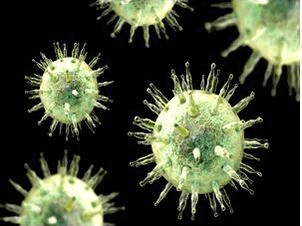ASSOCIATION OF EPSTEIN-BARR VIRUS WITH SYSTEMIC LUPUS ERYTHEMATOSUS BY LIMITED MATERIALS: PATIENT CHARACTERISTICS AND CLINICAL MANIFESTATIONS IN YEMEN
Keywords:
Elevated titer antibody, Epstein-Barr virus, IgG EBV antibody, Systemic Lupus Erythematosus (SLE), Viral Capsid Antigen (VCA)Abstract
Background and aims: Systemic lupus erythematosus (SLE) is an autoimmune chronic inflammatory disease with damage to many organs due to the production of auto-antibodies, including auto-antibodies to renal antigen, vascular tissue antigens, brain antigens, ribosomes, nuclear antigens, and phospholipids. This study was conducted to determine patient characteristics and clinical manifestations of systemic lupus erythematosus and to find out the association of positive IgG with high titer of EBV-VCA with clinical features of SLE patients.
Materials and Methods: In this cross-sectional study, 142 patients with SLE diagnosed based on American College of Rheumatology criteria were selected. All were included in the study after obtaining informed consent for participation. Whole blood samples were taken and serum was separated to determine anti-EBV IgG antibodies using the ELISA method and assessment with the SLE.
Results: Female represent 81% of the total patients, while male represent only 19%, with ratio male: female equal to 1: 4.3, most of the patients were adults over 20 years old, with mean age ± SD was 35.8 ± 13.7 years. The most common signs were joint pain (95.1%), fever (92.3%), persistent fatigue (83.8%), followed by joint swelling (69.7%), photosensitivity (54.4%), renal involvement (52.8%), weigh loss (49.3%) and alopecia (49.3%), while other SLE signs were less frequent.
Conclusion: EBV may have an important role in SLE pathogenesis and activity, SLE male: female ratio equals 1:4.3, most patients were adults over 20 years of age, and the most common signs of SLE were joint pain, fever and persistent fatigue.

Peer Review History:
Received: 5 August 2022; Revised: 11 September; Accepted: 19 October; Available online: 15 November 2022
Academic Editor: Dr. Iman Muhammad Higazy , National Research Center, Egypt, imane.higazy@hotmail.com
, National Research Center, Egypt, imane.higazy@hotmail.com
Reviewers:
 Dr. Rima Benatoui,Laboratory of Applied Neuroendocrinology, Department of Biology, Faculty of Science, Badji Mokhtar University Annaba, Algeria. benattouiryma@gmail.com
Dr. Rima Benatoui,Laboratory of Applied Neuroendocrinology, Department of Biology, Faculty of Science, Badji Mokhtar University Annaba, Algeria. benattouiryma@gmail.com
 Dr. George Zhu, Tehran University of Medical Sciences, Tehran, Iran, sansan4240732@163.com
Dr. George Zhu, Tehran University of Medical Sciences, Tehran, Iran, sansan4240732@163.com
Downloads

Published
How to Cite
Issue
Section

This work is licensed under a Creative Commons Attribution-NonCommercial 4.0 International License.









 .
.